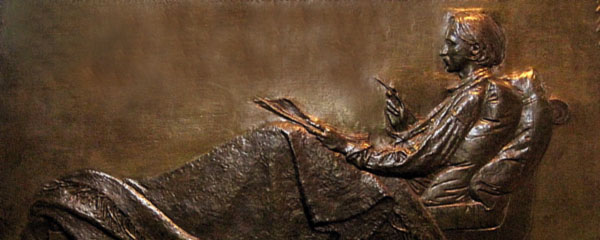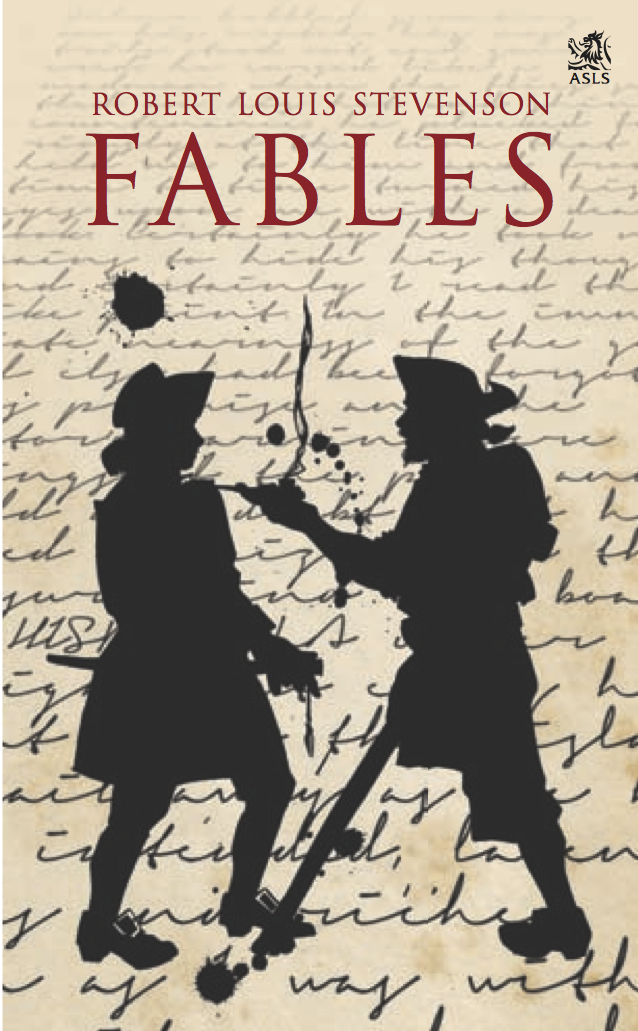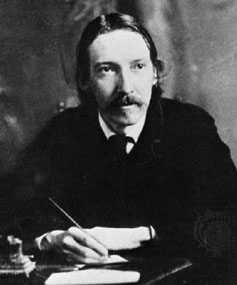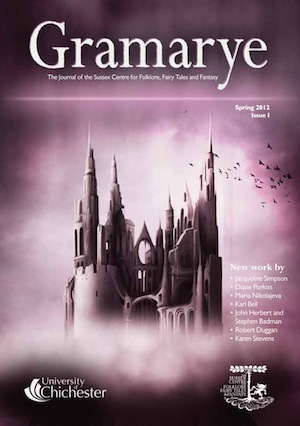
photo by Calotype46
by Bill Gray
Robert Louis Stevenson’s irreverent, quirky and pungent Fables are haunting, thought-provoking and superbly written. Perfect bedtime reading on dark November nights.
~
The first ever Robert Louis Stevenson Day takes place on 13 November 2012 (Stevenson’s birthday). As part of the celebrations the Association for Scottish Literary Studies, based at the University of Glasgow, is printing copies of Stevenson’s Fables. The free ebook version of this edition will also be available online from today, here, showcasing Stevenson’s irreverent, quirky and pungent tales.
 Stevenson had a life-long interest in fables. Aesop’s Fables were part of his mental furniture, appearing in both his correspondence and his writing – for example, Travels with a Donkey, Chapter 5, ‘Cheylard and Luc’. He also mentions La Fontaine’s Fables when commending George Pratt’s Fables from many Lands, translated into the Samoan dialect as ‘the best and most literary version of the fables known to me. I suppose I should except La Fontaine, but L.F. takes a long time; these are as brief as the books of our childhood and full of wit and literary colour’. One would like to know which ‘books of our childhood’ Stevenson had particularly in mind — he mentions Bewick’s Select Fables of Aesop and Others in ‘On Lord Lytton’s Fables in Song’ in the Fortnightly Review, June 1874. This review was Stevenson’s first engagement in print with the genre of ‘fable’, as well as one of his earliest published pieces.
Stevenson had a life-long interest in fables. Aesop’s Fables were part of his mental furniture, appearing in both his correspondence and his writing – for example, Travels with a Donkey, Chapter 5, ‘Cheylard and Luc’. He also mentions La Fontaine’s Fables when commending George Pratt’s Fables from many Lands, translated into the Samoan dialect as ‘the best and most literary version of the fables known to me. I suppose I should except La Fontaine, but L.F. takes a long time; these are as brief as the books of our childhood and full of wit and literary colour’. One would like to know which ‘books of our childhood’ Stevenson had particularly in mind — he mentions Bewick’s Select Fables of Aesop and Others in ‘On Lord Lytton’s Fables in Song’ in the Fortnightly Review, June 1874. This review was Stevenson’s first engagement in print with the genre of ‘fable’, as well as one of his earliest published pieces.
It was also in 1874 — presumably following his reading of Bulwer-Lytton’s Fables — that the twenty-three year old Stevenson seems first to have tried his hand at writing fables. He worked intermittently throughout his life on the project of his own collection of fables, which was published only posthumously and in an incomplete form.
In 1888, five years before his death, Stevenson had signed a contract with Longman for an edition of Dr Jekyll and Mr Hyde followed by Fables, but told Longman a year later: ‘No word of the Fables yet–I have to write some more and the tide has not yet flowed’. Fanny Stevenson recorded in her diary for 15 November 1890 an event that may have caused the tide to flow again: the arrival of two carthorses at Vailima and their interaction with Stevenson’s horse, Jack — presumably the inspiration (and terminus post quem) for ‘The Cart-Horses and the Saddle-Horse’. Although we lack evidence for Stevenson working on fables in the strict sense during the last years of his life, he did in this period produce some notable fable-like stories: ‘The Bottle Imp’, ‘The Isle of Voices’ and ‘The Waif Woman’ which he referred to as Märchen or fairy tales.
 Fairy tales were big business at the end of the nineteenth century, with Stevenson’s friend Andrew Lang producing his series of multi-coloured fairy books on an almost industrial scale. While fairy tales and fables could be cosy escapist fantasies, there were already fairy tales of a more subversive turn, for example by Oscar Wilde and George MacDonald. What Horst Dölvers calls Stevenson’s ‘bitter counterfables’ may correspond to what are now called ‘anti-tales’. According to Dölvers, Stevenson’s paper on Lytton’s fables is at once an apologia of the fable genre and a gesture towards a newly developing variant — away from ‘old stories of wise animals or foolish men’ and toward the ‘emblematic’ and ‘metaphysical’. Stevenson’s subversive Fables, which exploded the whole idea of univocal moral meaning, were to influence later writers such as Jorge Luis Borges, who translated them into Spanish.
Fairy tales were big business at the end of the nineteenth century, with Stevenson’s friend Andrew Lang producing his series of multi-coloured fairy books on an almost industrial scale. While fairy tales and fables could be cosy escapist fantasies, there were already fairy tales of a more subversive turn, for example by Oscar Wilde and George MacDonald. What Horst Dölvers calls Stevenson’s ‘bitter counterfables’ may correspond to what are now called ‘anti-tales’. According to Dölvers, Stevenson’s paper on Lytton’s fables is at once an apologia of the fable genre and a gesture towards a newly developing variant — away from ‘old stories of wise animals or foolish men’ and toward the ‘emblematic’ and ‘metaphysical’. Stevenson’s subversive Fables, which exploded the whole idea of univocal moral meaning, were to influence later writers such as Jorge Luis Borges, who translated them into Spanish.
~
Robert Louis Stevenson Day was also celebrated by a special project organized by the Association for Scottish Literary Studies – inviting you to snap some Stevensonia photos. You can view these photos from all over the world on the ASLS Facebook page. The project runs until midnight on Stevenson Day (November 13th 21012), so there’s still time to take part!
~
To mark Robert Louis Stevenson Day in 2013, the Association for Scottish Literary Studies produced Strange Tales, a free ebook containing three uncanny stories by Stevenson: ‘Thrawn Janet’, ‘The Tale of Tod Lapraik’, and ‘The Bottle Imp’. Find the stories here.
~
 Bill Gray is Professor of Literary History and Hermeneutics at the University of Chichester, and director of the Sussex Centre for Folklore, Fairy Tales and Fantasy. He is currently preparing a new edition of Stevenson’s works – Fables and Fairy Tales – for publication next year, as part of Edinburgh University Press’s New Edinburgh Edition of the Collected Works of Robert Louis Stevenson.
Bill Gray is Professor of Literary History and Hermeneutics at the University of Chichester, and director of the Sussex Centre for Folklore, Fairy Tales and Fantasy. He is currently preparing a new edition of Stevenson’s works – Fables and Fairy Tales – for publication next year, as part of Edinburgh University Press’s New Edinburgh Edition of the Collected Works of Robert Louis Stevenson.

